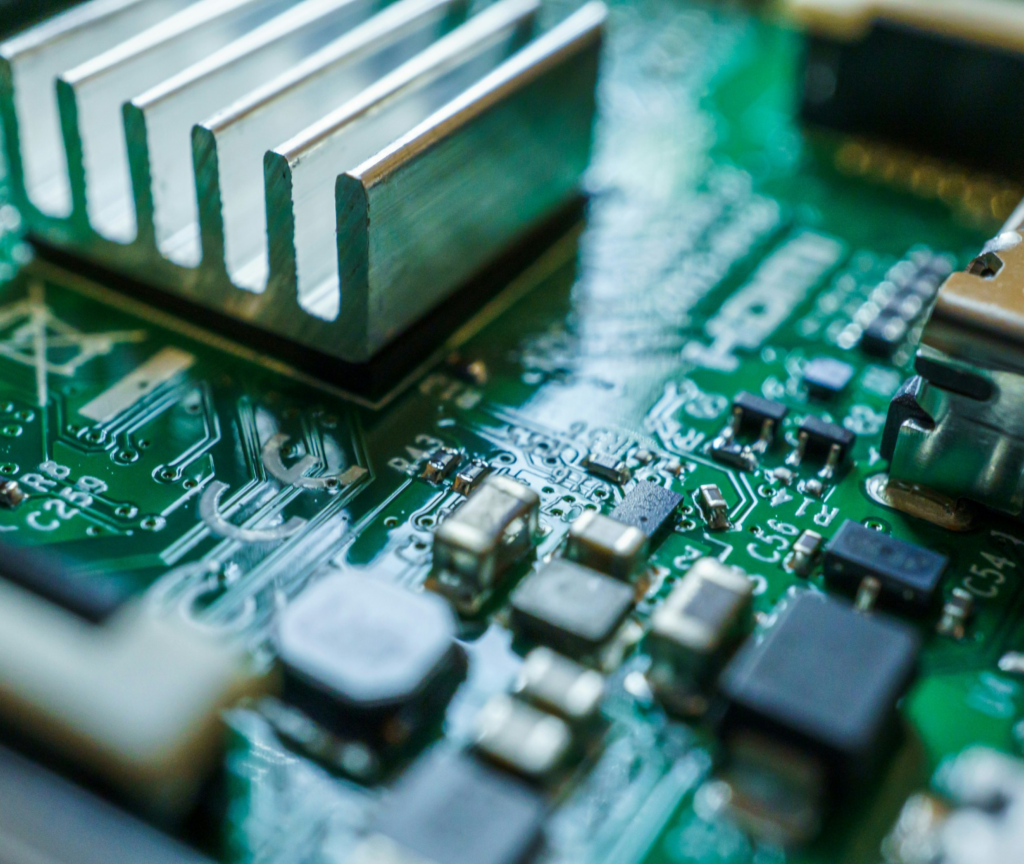Safety Plus
Driving Innovation, Defining Excellence
The Unmatched High-rate Charging and Discharging Capabilities


Safety Plus IPS UPS and Solar Inverter Solar accessories

About Sine wave circuit
A sine wave circuit is an electronic circuit designed to generate an output waveform that replicates a sine wave. This type of circuit is important in various applications such as audio electronics, signal processing, and communications systems. Here’s a detailed description of a typical sine wave circuit

Components of a Sine Wave Circuit
Oscillator Core: The heart of the circuit, typically composed of an operational amplifier (op-amp) or a transistor. The choice of component affects the characteristics of the output wave.
Resistors and Capacitors: These components determine the frequency of the oscillation through their values in the feedback network. They are usually arranged in a configuration known as an RC network.
Feedback Loop: Essential for sustained oscillations, the feedback loop controls the phase and gain of the signal to ensure the output remains a consistent sine wave.

Functioning of the Circuit
Initiation of Oscillation: The oscillator starts with a small noise or disturbance, which gets amplified.
Amplification: The core amplifier boosts the signal. In a well-designed oscillator, this amplification is controlled to precisely balance the losses in the circuit.
Shaping the Waveform: The combination of resistors and capacitors in the feedback network shapes the amplified signal into a sinusoidal waveform by controlling the time it takes for the signal to charge and discharge.
Stabilization: The feedback ensures that the oscillations do not grow unbounded or diminish, stabilizing the amplitude of the sine wave.
Output: The final output is a clean sine wave which can be used for various electronic applications.
Common Types of Sine Wave Oscillators
RC Oscillators: Use resistors and capacitors to determine the frequency, suitable for lower frequency applications.
LC Oscillators: Use inductors and capacitors, ideal for higher frequency operations such as RF applications.
Crystal Oscillators: Use quartz crystals to stabilize the frequency, providing very accurate oscillations suitable for clocks and radio frequency applications.
Applications
Signal Generators: Used for testing and troubleshooting other electronic devices by providing a stable signal of known frequency and amplitude.
Audio Electronics: Generate audio signals in synthesizers and other musical instruments.
Communication Systems: Used to generate carrier waves for transmitting data over various communication channels.

Quick Contact
Please leave your message below and one of our helpful staff will contact you within 24 hours.

